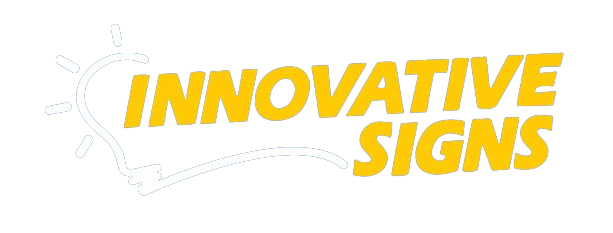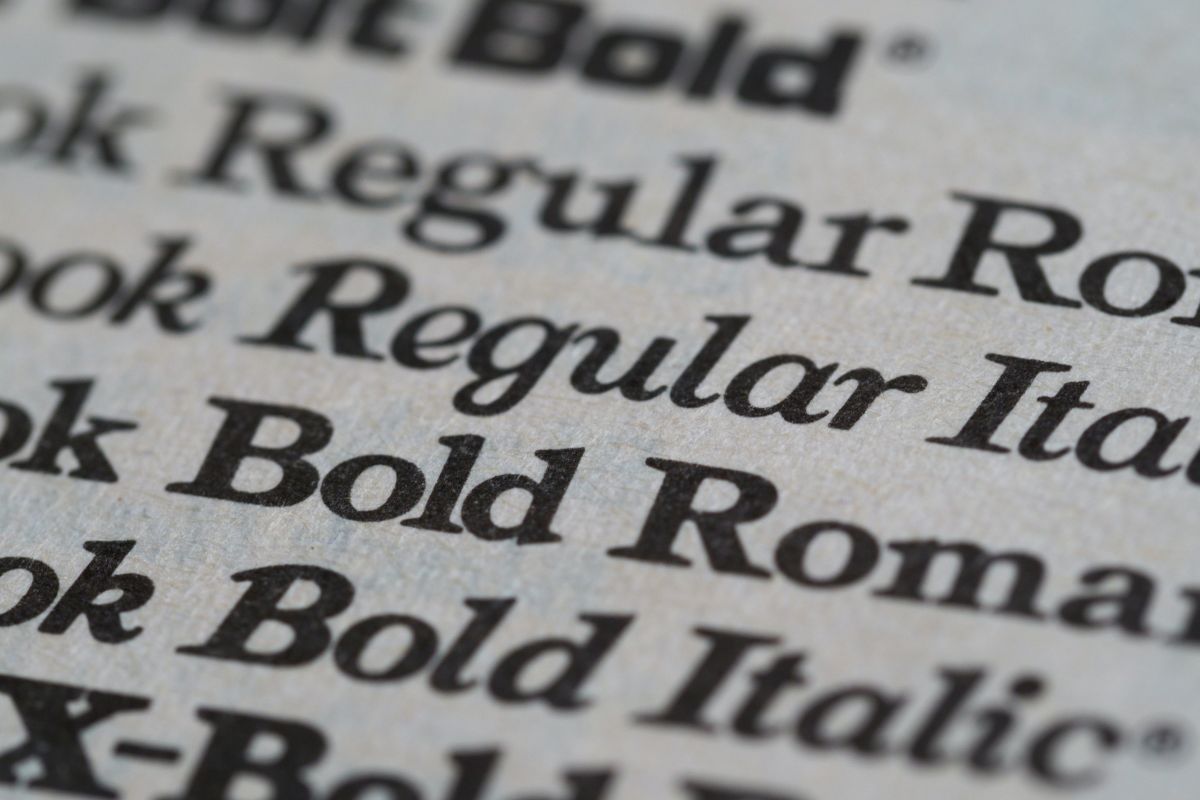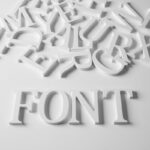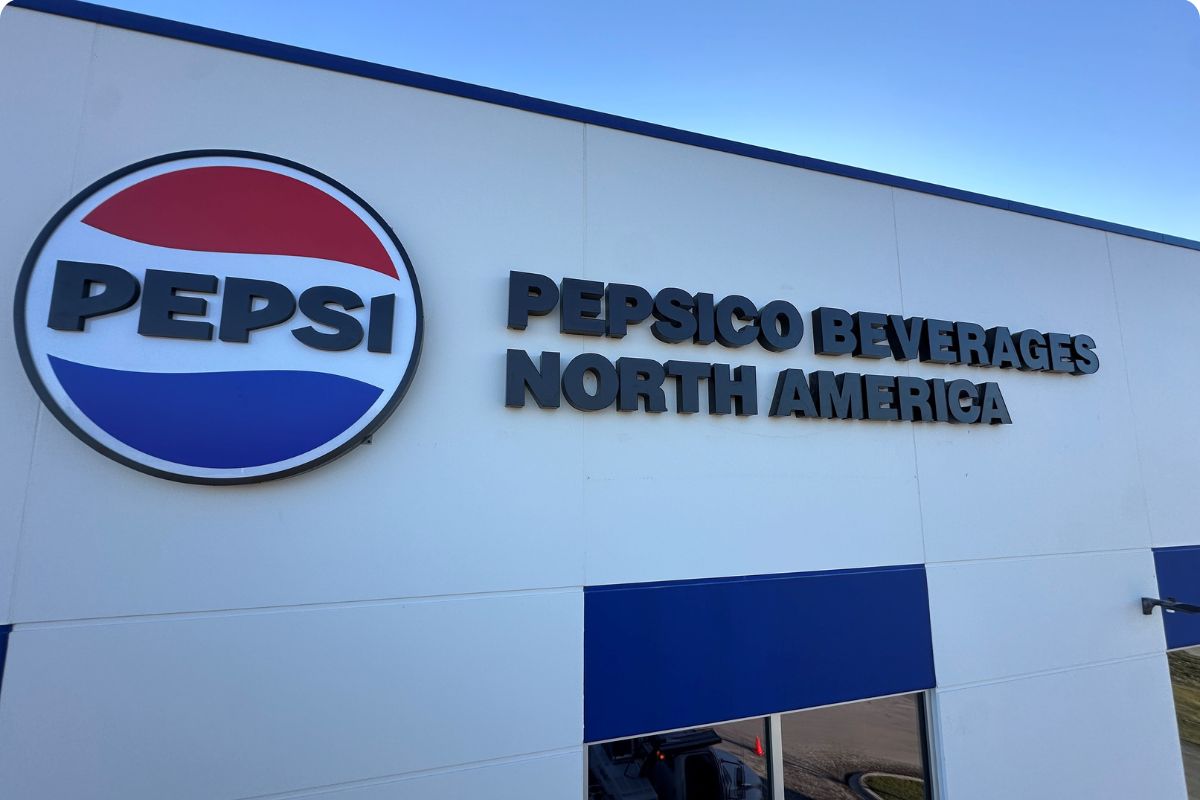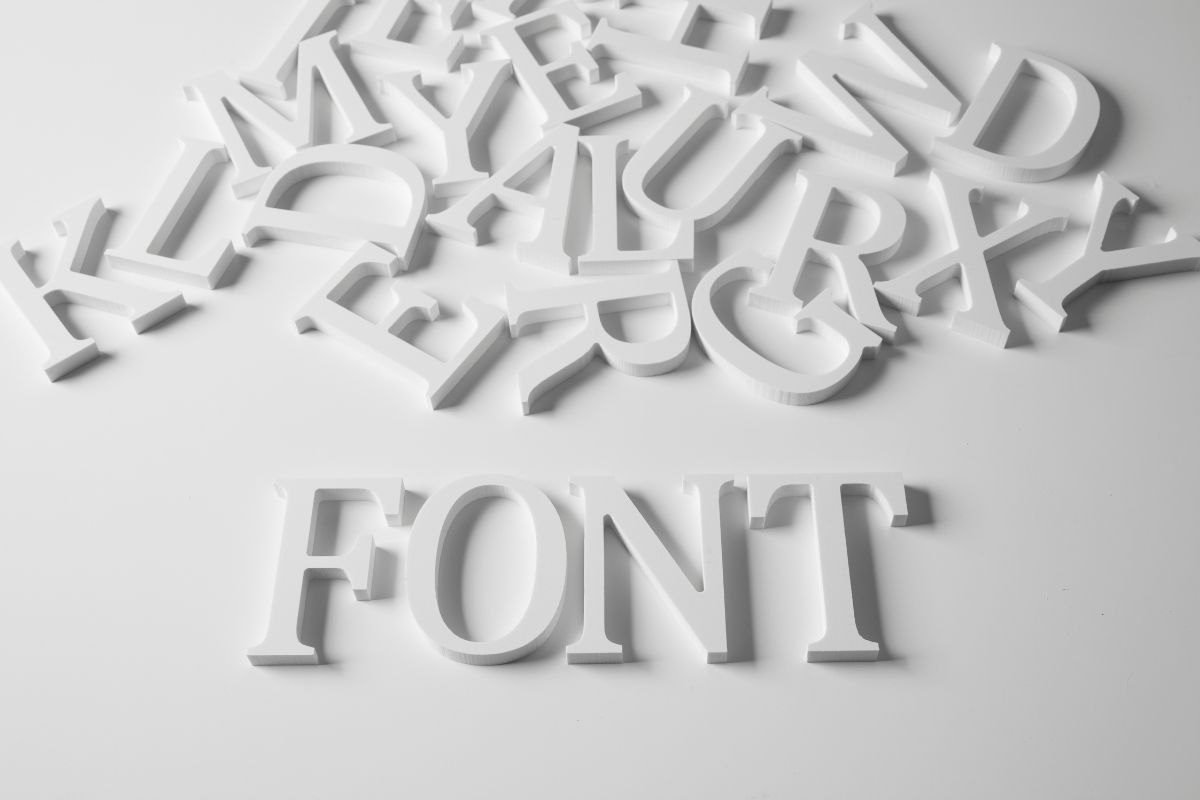The Unseen Influence: How Fonts Shape Your Brand Identity
In the world of business, first impressions matter. And when it comes to making a lasting impression, signage plays a pivotal role. Your signage is often the first thing customers see, and it should reflect your brand’s identity clearly and effectively. One crucial element of signage design that can’t be overlooked is typography or fonts. The industry experts at Innovative Signs, will shed light on how sign fonts can shape your brand identity.
Sign Fonts: The Role of Typography in Branding
Typography is the art and technique of arranging type to make written language legible, readable, and visually appealing. When it comes to your brand’s signage, the choice of fonts can significantly impact how your business is perceived. Here’s how:
- Consistency is Key: Your brand identity should be consistent across all touchpoints, including your signage. Consistent use of fonts helps reinforce your brand’s image. Choose fonts that align with your brand’s personality – whether it’s modern, traditional, playful, or formal.
- Legibility Matters: Your signage’s primary function is to convey information. If your font is too elaborate or difficult to read, it defeats the purpose. Consider readability from a distance and choose fonts that are easy to decipher.
- Establishing Trust: Fonts can convey trustworthiness. For example, a law firm may opt for classic serif fonts to communicate professionalism and reliability. On the other hand, a trendy cafe might choose handwritten or script fonts for a more approachable and friendly vibe.
Sign Fonts: Font Families and Signage
Now that we’ve established the importance of typography in branding, let’s delve into the different font families and their implications for signage:
- Serif Fonts: These fonts have decorative “feet” or strokes at the ends of characters. Serif fonts, like Times New Roman, convey tradition, formality, and professionalism. Established and serious businesses, such as law firms and financial institutions often use them.
- Sans-serif Fonts: Sans-serif fonts, like Arial or Helvetica, are clean, modern, and easy to read. They are a popular choice for tech companies and startups aiming to appear contemporary and approachable.
- Script Fonts: Script fonts mimic handwriting and evoke a sense of elegance and personal touch. Boutique shops, spas, and creative businesses often use them to add a unique and personalized flair to their signage.
- Display Fonts: These fonts are bold, eye-catching, and often used for headlines or attention-grabbing signage. While they can add excitement and personality, they should be used sparingly and thoughtfully to avoid overwhelming the viewer.
Sign Fonts: The Power of Color and Font Pairing
In addition to choosing the right font family, pairing fonts with suitable colors is crucial. Color psychology plays a significant role in conveying emotions and messages. For instance, a vibrant red paired with a bold sans-serif font can create a sense of urgency and excitement, perfect for a sale or promotion. In contrast, a muted blue paired with a serif font can convey trust and reliability.
Fonts are not just a functional aspect of signage; they are a powerful tool for shaping your brand identity. Your choice of fonts can influence how customers perceive your business, from professionalism and trustworthiness to friendliness and creativity.
At Innovative Signs, we understand the intricate nuances of typography and design. We work closely with business owners to create signage that looks great and effectively communicates their brand’s personality and message. If you want to enhance your brand identity through signage, don’t underestimate the importance of fonts. Contact us today, and let’s work together to make your signage reflect your brand.


